Last time we looked at some orchestration techniques and the main challenges involved in playing solo piano. If you haven’t checked that out yet, click here
to read that first. Today we are going to tie it all together by looking in-depth at a solo piano arrangement of Bill Evans on “Here’s That Rainy Day”.
Follow along with the audio and the transcription as we examine how Bill orchestrates this arrangement:
Intro (:00-:10)
- First, Bill Evans starts out rubato with a brief pedal on F# to set up the first statement of the melody in B major (the head in).
Head In (First A: 0:11-1:11; Second A: 1:12-2:07)
- Bill sets the tempo as a slow swing (quarter note = 72).
- In the first A, Bill achieves a full sound by orchestrating the melody with spread voicings.
- Bill establishes a 3rd layer of accompaniment through inner-voice movement.
- In the second A of the head in, Bill adds more motion with his LH.
Solo (First Chorus: 2:08-3:00; Second Chorus 3:00-3:52)
- Bill modulates from B major down a major 3rd to G major and goes into double time to keep it fresh for the solo.
- Bill gives himself 2 choruses to solo.
- He orchestrates the first chorus of his solo with RH bops lines while the LH is playing broken shells. Breaking up the shells allows for a 3rd layer of accompaniment and more movement in the LH.
- Rhythmically in his LH, Bill creates a perfect balance between hitting on down-beats and off-beats to keep it syncopated without losing the ‘feeling of 1’ in the absence of bass & drums (who usually provide a constant presence of the quarter-note for the listener).
- In the second chorus of his solo, Bill gives us yet another orchestration color with drop 2 voicing block chord soloing.
- Block chord soloing is a technique where you harmonize a melody, almost like a sax soli, with all 4 or 5 voices are in the rhythmic unison.
- In a trio format Bill would be more likely to revert to “locked-hands” double lead block chord soloing (where the melody is doubled an octave apart, and the other 3 voices are played within the octave).
- However, without the warmth of the bass in a solo piano setting, Bill reverts to drop 2 voicing block chord soloing.
- Drop 2 voicings (where you take the 2nd voice from the top and “drop it” down an octave) provide a warmer, fuller, more “open” sound because it usually contains the interval of a 10th.
Head out (First A: 3:53-4:19; Second A: 4:20-4:55)
- Bill modulates down a major 3rd again, this time from G major to Eb major for the head out.
- He plays this first A of the head out rubato and generates a big sound out of the piano with an active LH, warm shell voicings, and a lot of inner voice movement.
- For the second A of the head out, Bill modulates down a major 3rd back to B major (the same key he played the head in) and plays it in time back at the original tempo (quarter note = 72).
Coda (4:56-5:19)
- For the coda, Bill modulates down a major 3rd one last time where he plays the first 4 bars of the head in G major and ends it on a B minor flourish to end this magnificent solo piano arrangement!
Here is what a reduced template looks like that Bill may have sketched for himself:
BMajor) Intro F#7 Pedal; Rubato
BMajor) Head In: A1 In Time Spread Voicings, A2 LH More Motion
GMajor) Solo 2 choruses, double time:
1st Chorus RH Bop Lines, LH shells
2nd Chorus Drop 2 Voicing Block Chord Soloing
EbMajor) Head Out (A1): Rubato/Moving
BMajor) Head Out (A2): In Time/Original Tempo Like Beginning
GMajor) Coda: First 4-bars as ending, rubato, end on B minor flourish
It’s interesting to note how Bill’s alternate take recording of “Here’s That Rainy Day” follows the template exactly! This goes to show how thoughtful Bill was in carefully crafting these beautiful solo piano arrangements. Not every note is the same verbatim, but the basic structure of his arrangement remains intact. The macro lesson to be learned here is that a successful solo piano performance consists of a perfect balance between structure and freedom, and your job is to figure out how to blend that craft and creativity.
Bijan Taghavi is a pianist, composer, and educator currently based in New York, NY. For more information visit: BijanJazz.com


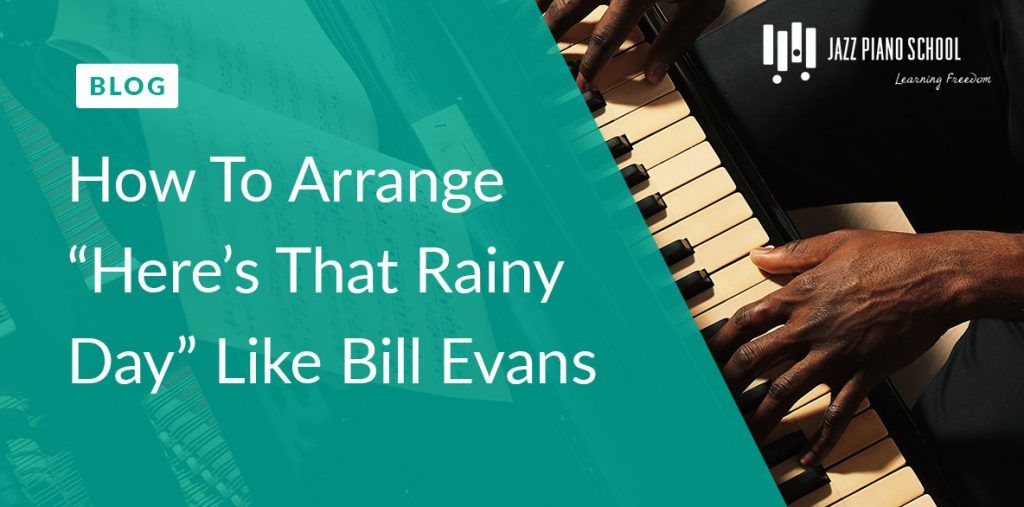


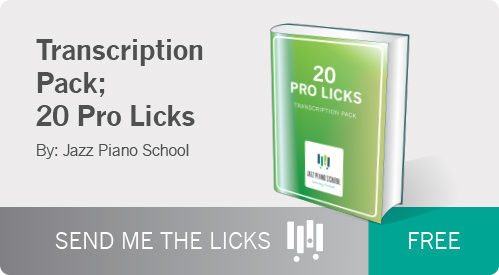

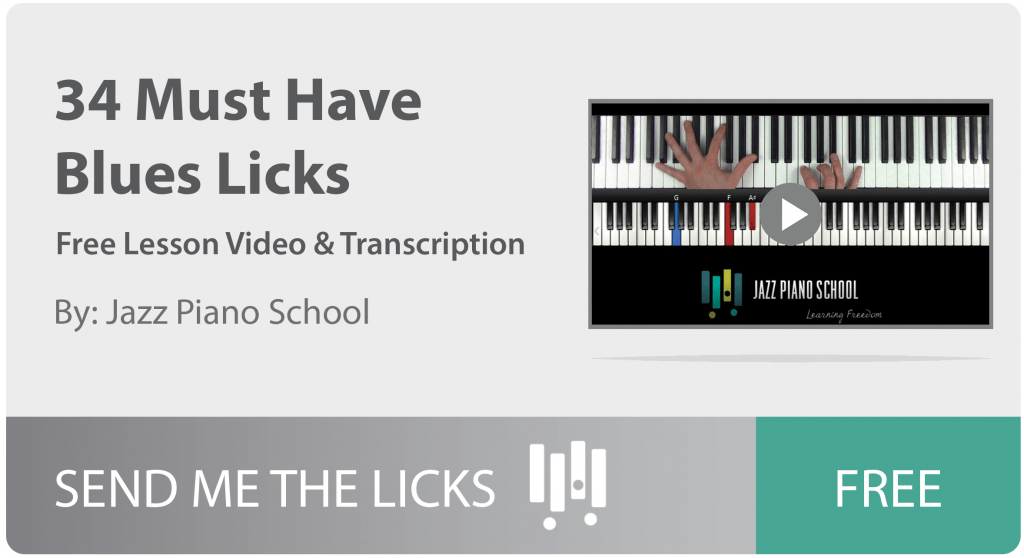
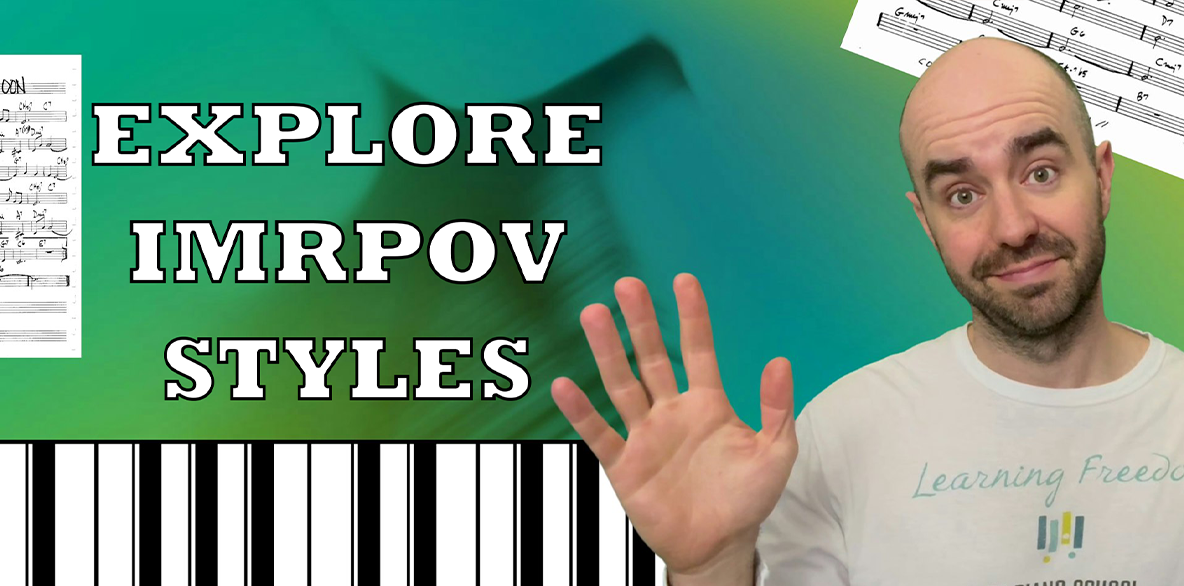

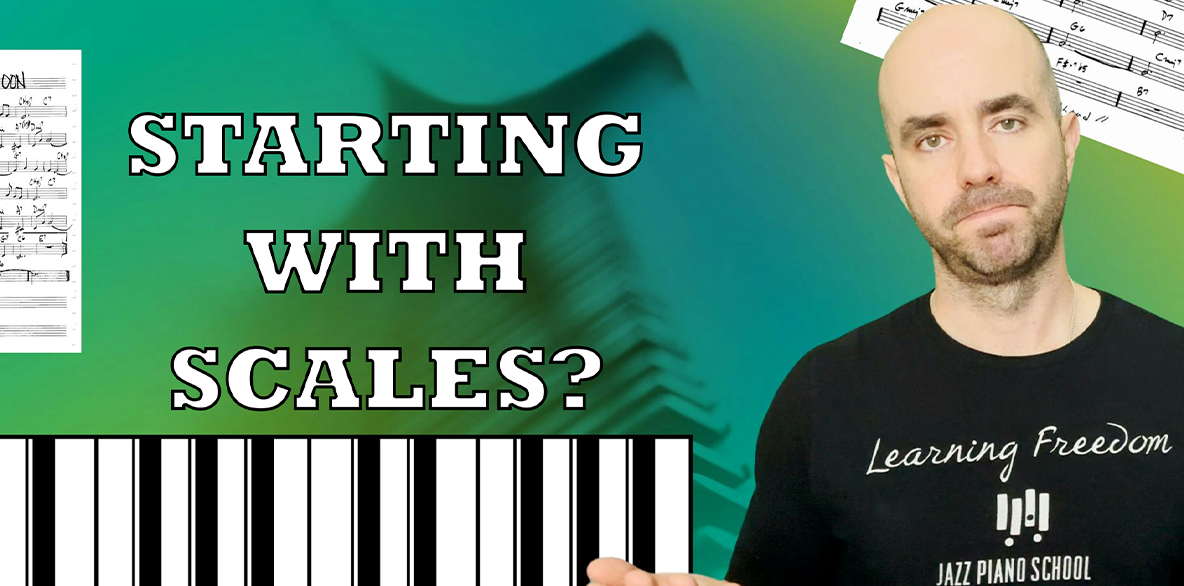
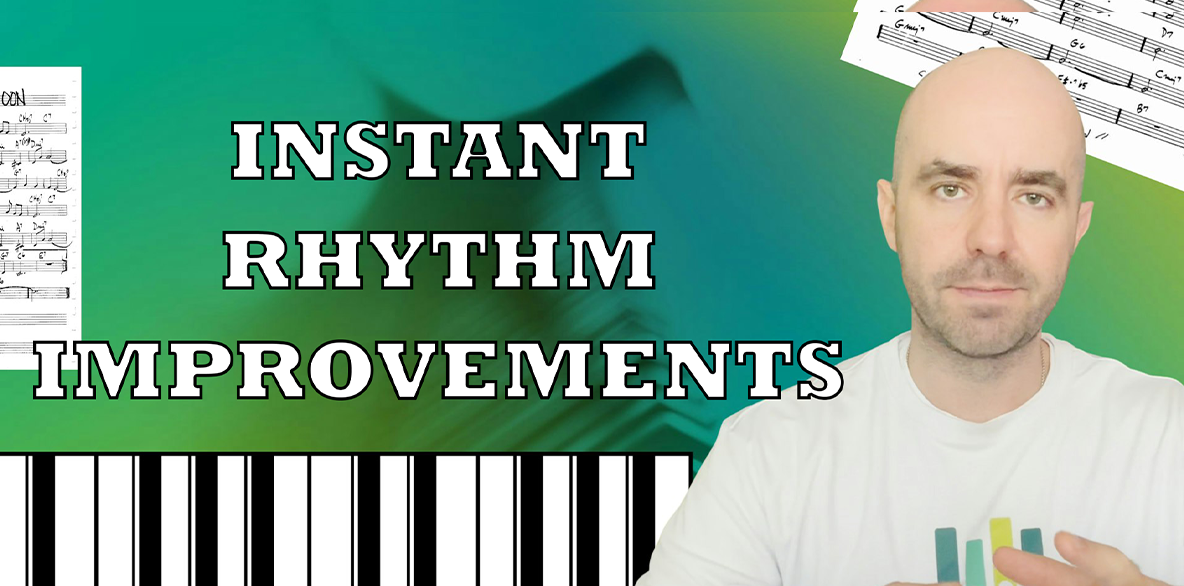
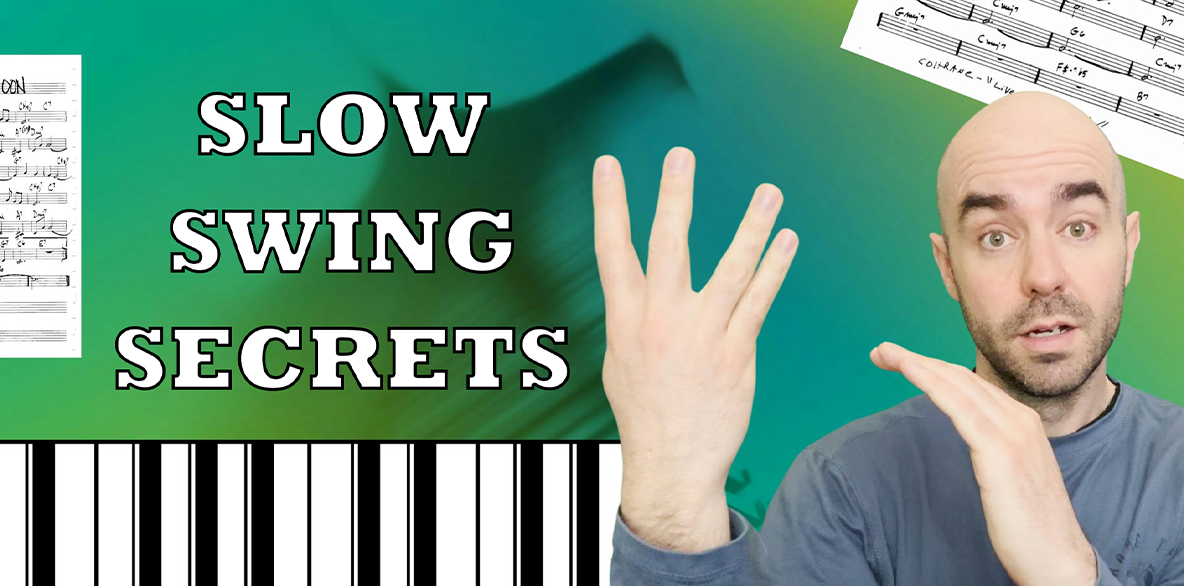

4 Responses
Link to transcription not working
Oh, I’m so glad to hear this arrangement. Concert harpist, Mimi Allen, used to play this on the harp. Her jazz arrangement was so gorgeous. She recorded it with a vocalist at Stax, but she never wrote down her arrangement. She was an awesome talent and played very much like Taghavi plays. This is the first time I’ve heard anyone play “Here’s That Rainy Day” that I loved like hearing like I loved hearing her play it.
Thank you so, so, so much for sharing!
I so enjoyed listening to Bill’s arrangement of Here’s That Rainy Day. Love to play it myself. I have wonderful memories of learning this piece and Bill revives all that and more. Thank you for sharing. ALBERTI in Springfield, MO.
Oops! I see it was Bill Evan’s performing “Here’s That Rainy Day.” So Beautiful!!!
Interesting to see Alberti is from Springfield, MO. Mimi Allen’s home was in Sikeston, MO. My cousins, the Palens–(Palen Music Store), live in Springfield, MO. Small world, isn’t it!